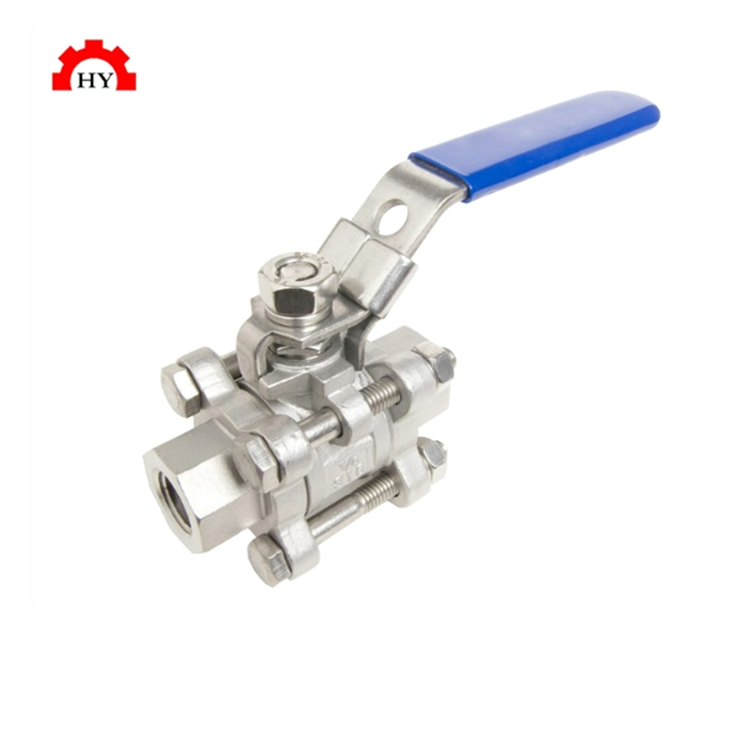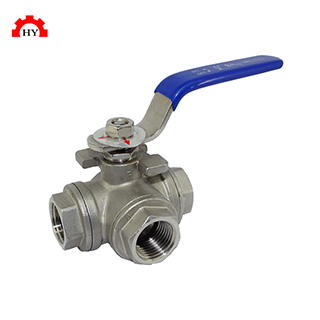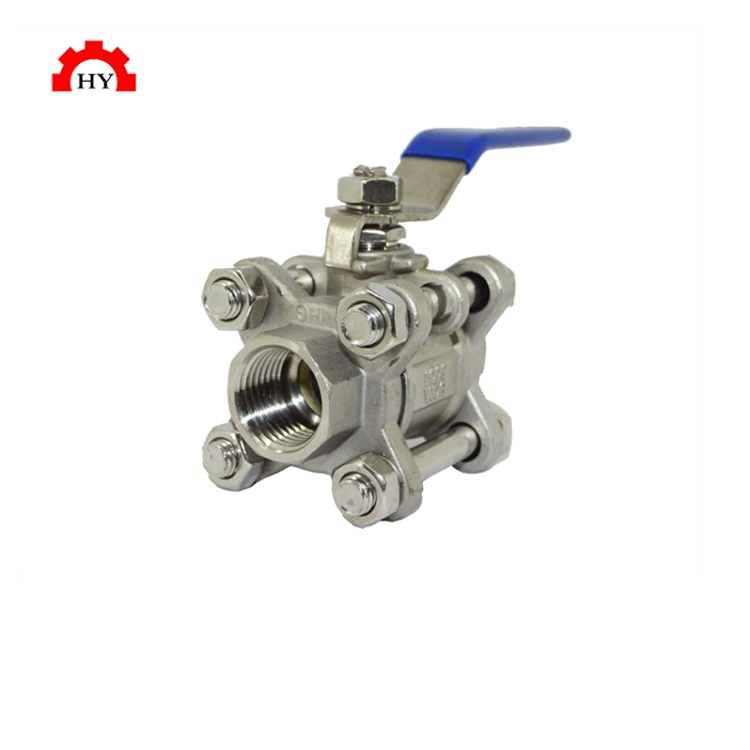Choosing the Right Mini Ball Valve for Your Project: A Step-by-Step Guide
Mini ball valves are widely used in various industrial and commercial applications due to their compact size, versatility, and reliable operation. Whether you’re working on a plumbing project, a hydraulic system, or a pneumatic setup, selecting the right mini ball valve is crucial for ensuring optimal performance and safety. This step-by-step guide will help you make an informed decision when choosing a mini ball valve for your specific project.
1. Understand Your Application Requirements
The first and most important step in choosing a mini ball valve is to understand the requirements of your application. Consider the following factors:
Valve Size: Determine the required flow capacity and pressure rating of the valve. Consider the maximum flow rate, pressure range, and any potential pressure surges or fluctuations in your system.
Valve Material: Mini ball valves are available in various materials, including brass, stainless steel, PVC, and polypropylene. Choose a material that is compatible with the fluids or gases being handled and can withstand the operating conditions, such as temperature and corrosion.
Valve Type: There are different types of mini ball valves, including two-way, three-way, and four-way valves. Select the valve type that best suits your application’s flow control requirements.
Valve Port Size: The port size of the valve determines the diameter of the fluid or gas flow. Ensure that the valve port size matches the piping or tubing dimensions in your system.
Valve Actuator: Mini ball valves can be manually operated or actuated using electric, pneumatic, or hydraulic actuators. Consider the control mechanism that best aligns with your application’s needs and automation level.
2. Evaluate Manufacturer Reputation and Quality
When selecting a mini ball valve, it’s essential to consider the manufacturer’s reputation and quality standards. Look for manufacturers with a proven track record of producing reliable and high-quality valves. Check for industry certifications, such as ISO 9001, that demonstrate the manufacturer’s commitment to quality control and compliance. Reading customer reviews and testimonials can also provide valuable insights into the manufacturer’s reputation and the performance of their products.
3. Assess Valve Design and Features
Examine the design and features of the mini ball valve to ensure it meets your specific requirements. Consider the following aspects:
Valve Body Design: Look for valves with a robust and durable body design that can withstand the operating conditions and any potential stresses or vibrations in your system.
Valve Ball: The ball is the primary flow control element in a ball valve. Ensure that the ball is made of a durable and corrosion-resistant material and is precisely machined to provide a tight seal.
Valve Stem: The valve stem connects the ball to the actuator and controls the flow. Check for a stem made of high-quality material that can withstand wear and tear and ensure smooth operation.
Valve Seals: The seals in a mini ball valve play a crucial role in preventing leaks. Look for valves with high-quality seals that are compatible with the media being handled and can withstand the operating conditions.
Valve Handles or Actuators: If you’re opting for a manually operated valve, consider the design and ergonomics of the handle. For actuated valves, evaluate the compatibility of the actuator with your control system and ensure it meets the required actuation speed and torque.
4. Consider Valve Installation and Maintenance
Think about the installation and maintenance requirements of the mini ball valve. Consider the following factors:
Valve Mounting Options: Mini ball valves are available with various mounting options, such as threaded, flanged, or weld-end connections. Choose the mounting option that best suits your piping system.
Valve Accessibility: Ensure that the valve is easily accessible for installation, maintenance, and operation. Consider the location of the valve and the space available for installation and maintenance activities.
Valve Maintenance Requirements: Check the manufacturer’s guidelines for maintenance intervals and procedures. Consider valves that require minimal maintenance and are easy to disassemble and reassemble.
5. Compare Prices and Availability
Finally, compare the prices and availability of mini ball valves from different valve manufacturers. Consider the cost-effectiveness and lead times for procuring the valves. Remember that the cheapest option may not always be the best, as quality and reliability should be prioritized over cost.
By following these steps and carefully considering all the factors discussed, you can choose the right mini ball valve that meets the specific requirements of your project, ensuring optimal performance and long-term reliability.




